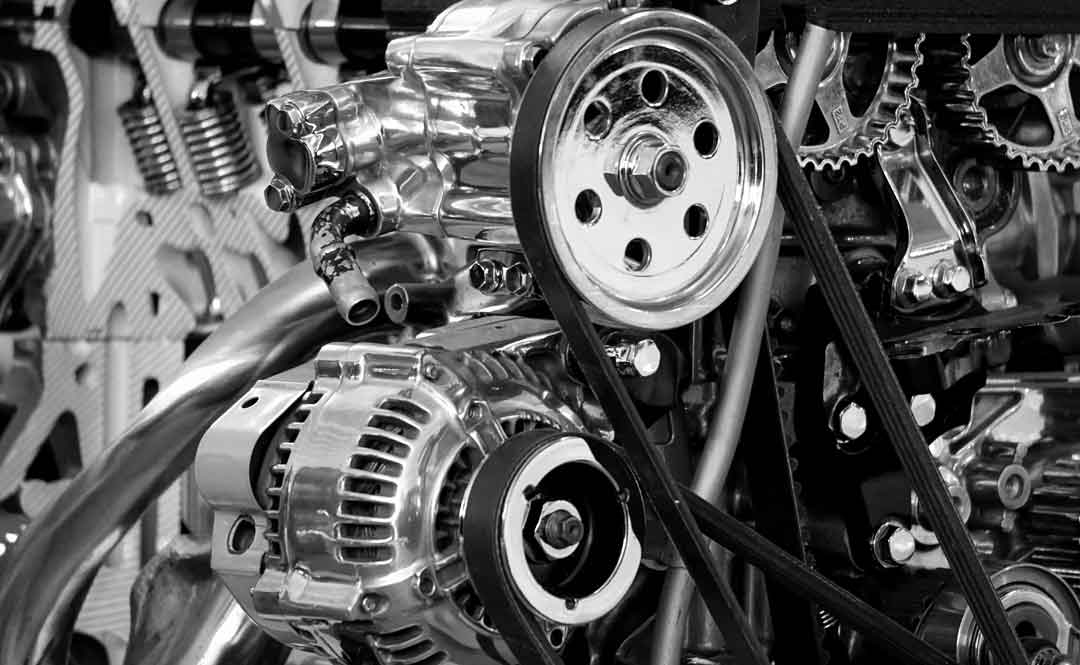Guide To Selecting The Right Gearmotor During Your Product Development Process
In engineering, product development explains how ideas come to life. And due to all the recent tech advancements, motors are seen in so many applications. So, if you’re designing, prototyping or manufacturing an application that requires a gearmotor, you might be wondering how to go about finding the most suitable motor for your particular application.
A gearmotor is widely considered an all-in-one motor, as it is a mix of an electric motor and a gearbox. It’s a simple, budget-friendly solution if you’re looking for low-speed and high-torque applications because it merges a motor with a gear reducer system.
Moreover, things can get a bit complex when choosing a suitable motor. Because there are several vital factors to consider, you must understand the various requirements of the application when finding the most suitable gearmotor.

The Application Requirements
The first essential step to finding a gearmotor is knowing the application requirements. These requirements will include general requirements, which refers to the envelope size, mounting orientation, overhung loads, side loads, and even lubrication type.
Furthermore, the application requirements will also include the input power source, which refers to the voltage, maximum current, frequency, and control type. Moreover, the motor specifications, gearmotor performance, and operating environment are also application requirements that you must weigh in when making a decision.
Selecting The Motor
Once you have all the above details and understand the application requirements, you must use your list of requirements to compare them to the different motor types and specifications. These will include universal, brushless DC, DC Gearmotors, AC Induction, and others such as a magnet gearmotor.
Each application will have unique characteristics and requirements. As a result, it’s essential to compare the details of the application to the available types of motors. You must note factors such as horsepower, torque efficiency, and starting torque when comparing application requirements to motor specifications.
You may find that you need to purchase a gearbox and a motor separately to best suit your application requirements. Therefore, this is an essential step when finding the perfect motor or gearbox and motor combination.
Determine The Speed And Torque Requirements
For the gearmotor to be sized appropriately for your intended application, it is crucial to know the output speed, starting torque, and running torque. Selecting the proper motor boils down to matching the torque and output speed to your intended application.
The application’s requirements determine the output speed, so you should already have listed these details in the first step. However, you will still need to assess the application’s starting and running torque requirements.
With that said, you must keep in mind that when purchasing a pre-engineered gearmotor, the manufacturer has already made most of the effort for you. You can be confident that both the gearbox and the motor will function seamlessly.
After calculating your application starting and running torque, you can use the manufacturer’s performance curve for speed, torque, and efficiency. As a result, you’ll find the motor that perfectly suits your application needs.
Testing The Motor
Lastly, you must run the motor through several tests to be confident that the motor runs well in the precise operating environment. If you notice the motor becoming exceptionally hot, is too noisy, or seems stressed in any other way, you must repeat the process of selecting a new motor. Alternatively, you can contact the manufacturer for further guidance.
Recent Comments